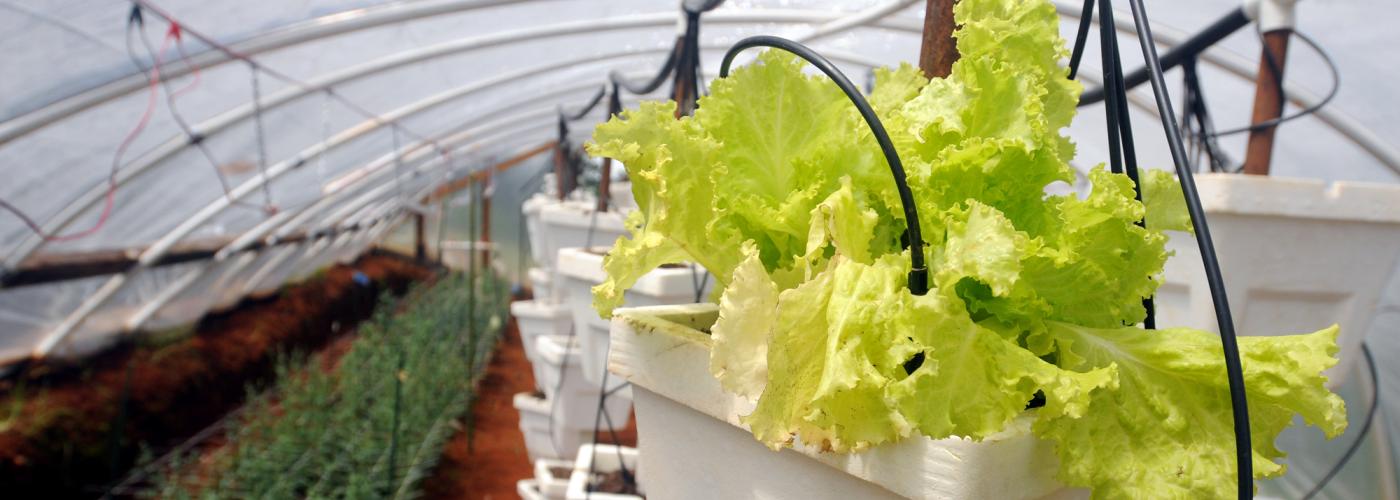Mobilizing Finance through Grants: New (and Recoverable) Ways of Catalyzing Funding
Image

This article—on recoverable grants—is the first in a series on the topic of using grants to mobilize finance
Start-ups and fast-growing small and medium enterprises (SMEs) need financing to grow—and that financing must be affordable. Yet, the return on investment that finance providers, such as banks and investors, require (to cover their costs and risks) often exceeds what SMEs can afford.
How do we bridge the gap?
Financing is the art of structuring the terms and conditions of a funding package in a way which best meets the needs of the finance seekers and the finance providers. Finance providers want to maximize their returns, while finance seekers want affordable capital (e.g., loans they can afford). Grants can play a critical role in meeting the needs of both parties in a transaction. And if those grants are recoverable—meaning that they may revert back to the grantor —the funds can be recycled to maximize our development impact.
In India, USAID is using recoverable grants to fund health-focused start-ups and put them on the path to commercial financing. In Liberia, USAID is providing grants for agriculture, but with the proviso that the grants are met with an equal amount of commercial capital. And in Georgia the USAID Mission has provided a grant to Gazelle Finance Georgia with funds being used to provide zero coupon (0%) loans to investee companies of an impact investment fund.
What do grants do?
In finance speak, grants provide a form of zero-coupon capital. This means that there is no interest on the capital or obligation to repay it. A recoverable grant is similar, with the exception that if milestones are met (i.e. the grant has met its objective in allowing the enterprise to start-up or grow successfully) the grant will be recovered by the grantor (again, a third party or an implementing partner).
For finance seekers - there are strong benefits. For a start-up, a grant can provide the seed capital needed to start a new venture, as well as help the firm establish its credit history. And for a growing enterprise seeking additional financing, the grant reduces the level of financing needed from a commercial finance provider.
For a finance provider - a lender or investor, there are clear benefits. The grant provides a level of first loss or quasi-equity (again, the grant is only recovered if the grantee is in a position to refund the grant). And if issued in conjunction with a loan, collateral associated with the transaction (for example, accounts receivable or equipment purchased) can be fully pledged to the lender, even though a significant portion of the overall financing package would stem from the grant. And if the period of repayment were beyond the preferred tenor of a lender (say three years), the grant could create a five-year financing package—with the bank lending through year three and the grant becoming recoverable in years four and five.
How do grants compare to blended finance?
They are similar, but different. Blended finance (the use of public, concessional funds to mobilize private, commercial capital) is a powerful tool. There is no doubt about its ability to encourage finance providers to extend financing for additional transactions (financing they otherwise would not provide).
However, the benefit of blended finance almost always goes to the finance provider and not the borrower or investee. Yes, it can facilitate financing for households and businesses which otherwise would not be able to obtain financing, but it accomplishes this through buying-down the risk or bumping the yield of those finance providers. In short, the borrower or investee rarely gets the benefit of a lower cost of capital. The good news is that blended capital can trigger financing which would not otherwise happen; the bad news is that if the cost of that financing is still above what the borrower or investee can afford, those transactions will not happen.
As an example of co-financing, the Medical Credit Fund (MCF) has been highly successful in providing financing for health-related transactions in Africa, providing loans in conjunction with and pari-passu to local finance banks. The genius of the MCF approach was that the confidence of the participating banks was bolstered by MCF’s parallel financing (as well as by the technical assistance offered by MCF).
Grants can provide a similar type of market-based arrangement, with the added advantage of providing a lower cost of capital to the borrower—given that no financial returns (other than recovery) are expected from the grants.
How can USAID (or another development partner) make recoverable grants available? Through traditional acquisition and assistance vehicles, and again, executed by an implementing partner or another third-party such as a fund. Provision of grants would be a feature of the award, however with the understanding that when provided they would be given on a recoverable basis.
How would the recoverable grants be allocated? USAID can either provide funding to a third party entity in the form of grant or to an implementing partner through grants under contract. In both cases, the third party or the implementing partner would take the lead in identifying grantees and (if issued in conjunction with finance providers) verifying the arrangements with participating lenders or investors. As always, grant allocation is an art rather than a science, but USAID would provide guidelines for grant solicitation and financing arrangements.
How are the grants recovered? USAID through its implementing partners and awardees would establish performance milestones and targets that would trigger grant recovery. Recovery payments would be made on a periodic or one-time basis. The grants could, potentially, be recoverable directly back to USAID (through gift authority) although that raises other challenges. Optimally they would be recoverable to a third party (an implementing partner or a fund or facility) which could recycle the funds for other development purposes.
How are the grants recovered? USAID through its implementing partners and awardees would establish performance milestones and targets that would trigger grant recovery. Recovery payments would be made on a periodic or one-time basis. The grants could, potentially, be recoverable directly back to USAID (through gift authority) although that raises other challenges. Optimally they would be recoverable to a third party (an implementing partner or a fund or facility) which could recycle the funds for other development purposes.
What is the incentive on the part of the borrower to reimburse grants? The recoverable grant could be made as part of an overall financial package. While the repayment of the grant would be voluntary (although expected if milestones are met), an event of non-repayment could affect the perception of creditworthiness and the ability to receive additional grants. Repayment also affords an entity without a credit history to demonstrate repayment performance.
Case Study
Teo’s Tractor’s opened in 2021 in Tamale, Ghana to provide plowing and other tractors services to farmers in the region. Teo’s Tractors has a $120,000 loan ($80,000 still owing), for which Teo has provided $180,000 worth of collateral (or 150%) consisting of a pledge of family land as well as his equipment. Demand has been strong, and Teo wants to establish a second operation, which will require a loan of $100,000 for a second tractor ($60,000) and working capital for a new facility ($40,000). His projections show he can repay the loan in four years with an interest rate of 15%.
Teo went to his bank seeking a loan. But while the bank likes Teo and is impressed with his projected cash flow, their policies require additional collateral at 150% of the amount of the new loan, and their interest rates are currently 20%. Their policy is to limit loans to three years. Because Teo can only offer the second tractor as collateral and the required period of repayment exceeds the bank’s limit, the bank reluctantly has to decline.
How could a recoverable grant solve this problem - allowing Teo’s to expand and thereby create new jobs, increase the productivity of the farmers he is serving, and support overall economic growth in Ghana.
Suppose Teo were able to access a $30,000 recoverable grant - which would be recoverable assuming that Teo was able to meet certain revenue or profitability targets. The request to the bank would be reduced to $70,000 for a three year loan. Teo’s total debt would be $150,000, and his collateral would be $240,000 (the original $180,000 plus the new $60,000 tractor). The bank would be repaid in three years, and the grant would be recovered in year four. And, the cost of capital on the financing package would only be 14% (20% on $70,000 and 0% on $30,000 recoverable grant) which is within Teo’s capacity to service.


